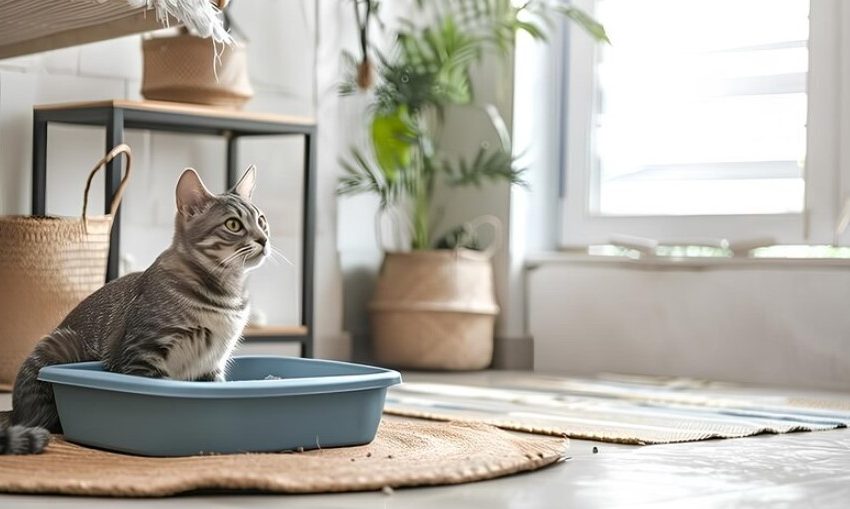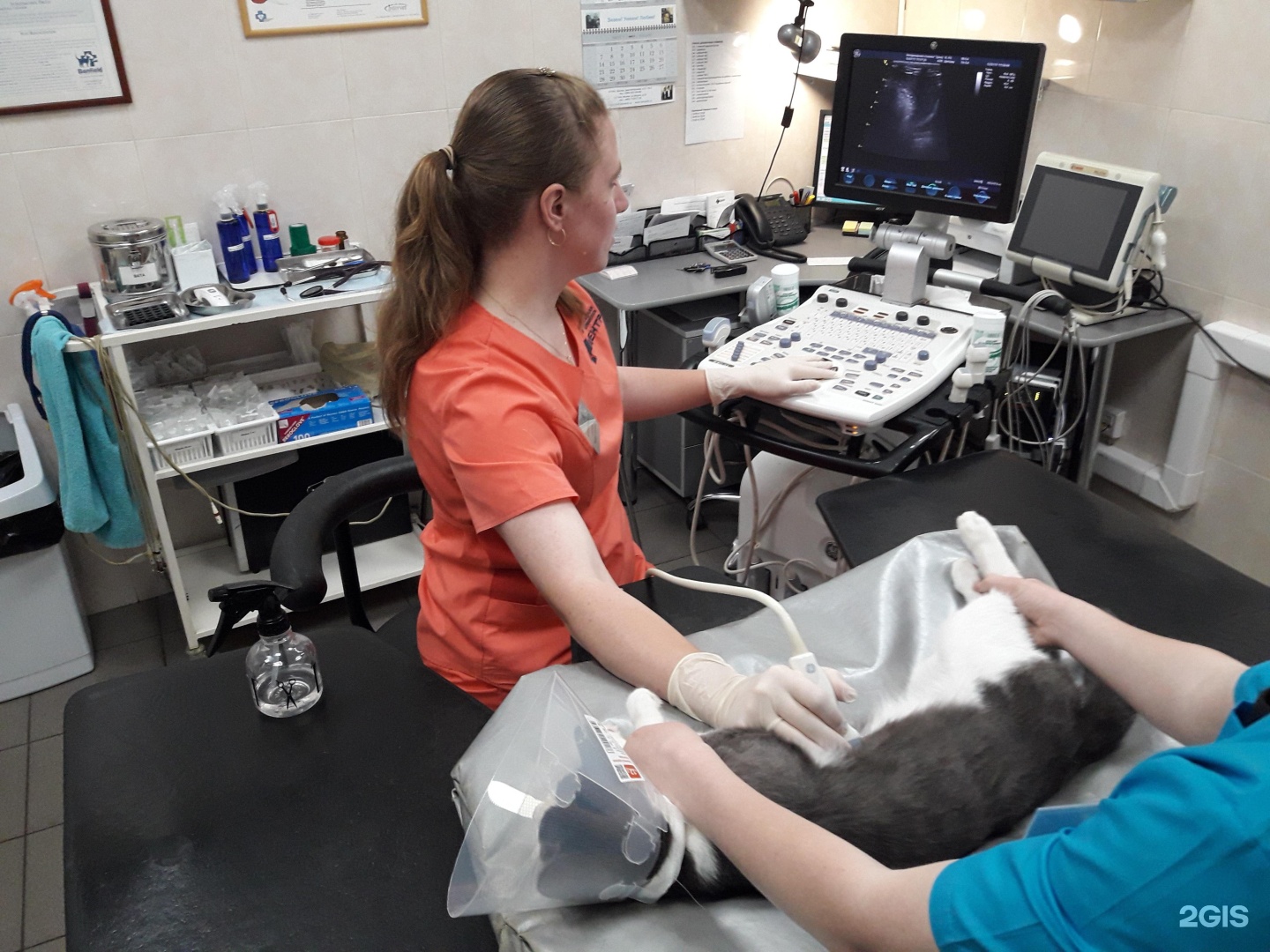How to Train Your Cat to Use a Litter Box Effectively

Training your cat to use a litter box is an essential part of pet ownership. Not only does it keep your home clean, but it also ensures your cat’s hygiene and well-being. Establishing a consistent litter box routine helps your cat feel secure and reduces accidents around the house. Whether you’re welcoming a new kitten or retraining an older cat, patience and positive reinforcement are key to fostering good litter box habits. Here, we’ll explore the steps and tips to make litter box training an effective and stress-free process for both you and your feline friend.
Cat’s Natural Instincts
Cats have a natural instinct to bury their waste, a behavior inherited from their wild ancestors. This instinct can be leveraged to make litter box training smoother. By providing a litter box, you’re giving your cat a place to satisfy this natural behavior, making the training process easier. Recognizing and encouraging this behavior will set the foundation for successful litter box training. This also means that if a cat is not using the litter box, it is often due to external factors rather than a refusal of this natural behavior. Understanding this can help cat owners approach training with empathy and patience, recognizing that their pet wants to do the right thing but may need some help to get there.
Choosing the Right Litter Box
-
Size and Shape: Ensure the litter box is spacious enough for your cat to move comfortably and dig without feeling cramped.
-
Type of Litter Box: Consider open boxes for better ventilation, covered boxes for privacy and odor control, or self-cleaning options for convenience. High-sided or top-entry boxes can also reduce litter scatter and provide security.
-
Accessibility: Select a box with low sides or provide ramps for senior cats or those with mobility issues. Consider placing litter boxes on multiple levels in your home for easy access.
-
Material and Durability: Choose a durable, easy-to-clean litter box made from high-quality plastic. Antimicrobial coatings can help reduce bacteria and odor buildup.
-
Ease of Cleaning: Look for designs with removable parts, smooth surfaces, and non-stick coatings to simplify waste removal and maintenance.
Selecting the Appropriate Litter
The type of litter you choose can significantly impact your cat’s willingness to use the litter box. There are various types of litter available, including clumping, non-clumping, natural, and silica gel. Clumping litter is popular due to its ease of cleaning, forming solid clumps around waste that can be easily scooped out. Non-clumping and natural litters may be less dusty, which can be beneficial for both you and your cat’s respiratory health. Some cats have strong preferences for certain types of litter, so it’s important to find one that your cat prefers. Experiment with a few options to see which one your cat likes best. Observing your cat’s behavior and comfort with different litters will help you make an informed decision. While scented litters can help mask odors, some cats may be deterred by strong fragrances, making unscented litter a generally safer choice as it minimizes the risk of aversion.
Litter Box Placement
Where you place the litter box can make a big difference in whether your cat will use it. Place the litter box in a quiet, private location. Cats prefer to do their business in a peaceful environment where they feel safe. Avoid placing the litter box near loud appliances or high-traffic areas that can cause stress and deter your cat from using it. High-traffic areas can make your cat feel exposed and vulnerable, leading to litter box avoidance. If you have multiple cats, follow the rule of one litter box per cat plus one additional box to prevent overcrowding and ensure each cat has access to a box when needed. Additionally, having multiple boxes in different locations can help accommodate your cat’s preferences and reduce competition among cats for litter box access.
Maintaining Cleanliness
- Daily Scooping: Scoop out waste daily to keep the litter box clean and appealing. A dirty box can deter your cat from using it.
- Regular Cleaning: Thoroughly clean the litter box once a week with mild soap and water. Avoid using harsh chemicals that might leave a strong odor.
- Replacing Litter: Replace the litter completely on a regular basis. How often will depend on the type of litter and how many cats are using the box.
Addressing Common Problems
If your cat avoids the litter box, identify and resolve any issues. This could be due to the type of litter, the cleanliness of the box, or its location. Understand the difference between marking territory and inappropriate elimination. Neutering or spaying your cat can help reduce marking behavior. If your cat suddenly stops using the litter box, it might be due to a health issue such as a urinary tract infection. Consult your veterinarian for advice.
Training Kittens vs. Adult Cats
Kittens learn quickly and usually adapt to using the litter box with ease. Start training them as soon as they come home. Retraining adult cats or newly adopted adult cats might take more time and patience. Be consistent and patient, and follow the same steps as you would with a kitten.
Transitioning to a New Litter Box
When introducing a new litter box, do it gradually. Place the new box next to the old one and slowly phase out the old box. Make the new litter box appealing by placing familiar items or treats near it. This helps your cat develop positive associations with the new box.
Conclusion
Effective litter box training is crucial for maintaining a clean and happy home. By understanding your cat’s natural instincts, choosing the right litter box and litter, and maintaining cleanliness, you can ensure successful training. Remember to be patient and consistent, and your cat will be using the litter box like a pro in no time. For further reading and recommendations, check out an article on the best litter boxes for messy cats.




